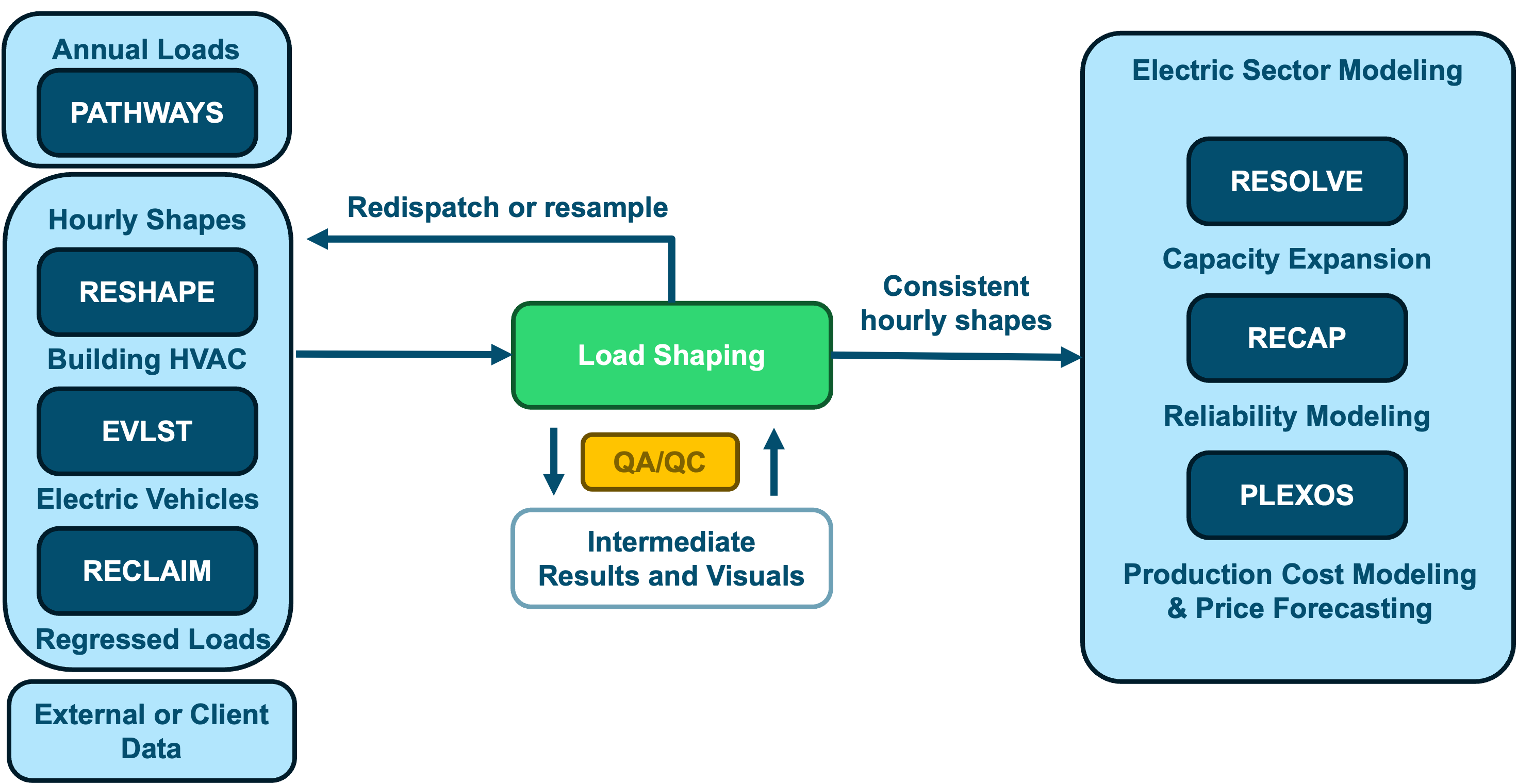Timeseries
A key thing to be thinking about for energy system modeling is the difference between “expected” energy demands and how
they may vary with weather, and “weather years” are an important “dimension” of timeseries to keep in mind
throughout kit. For example:
How much variance around expected annual energy demand do we expect, and how should load shapes vary?
How much should 1-in-X peaks vary compared to median (i.e., 1-in-2) peak demands?
How much variance around the expected capacity factor (CF) of a wind or solar resource is reasonable?

Example showing the breadth of weather timeseries data we need for energy system modeling.
In kit, all timeseries data should be labeled using a timestamp (e.g., 2021-01-01 10:00:00).
Note
Timeseries data is interpreted using pandas.Timestamp, so any datetime format that can be inferred by pandas
will also automatically get interpreted in kit.
Caution
At this time, kit does not have any specific logic to handle time zones in timestamps;
however, we expect a future release to provide better handling for time zone-aware data.
Interpolation & Extrapolation
As previously discussed, one of the key goals for kit is to provide a standard framework for modeling energy
demands. Right now, all timeseries data in kit is encoded as being hourly or annual. For different modeling purposes,
the timeseries data needs to be aligned and potentially sampled to make it more computationally tractable.
